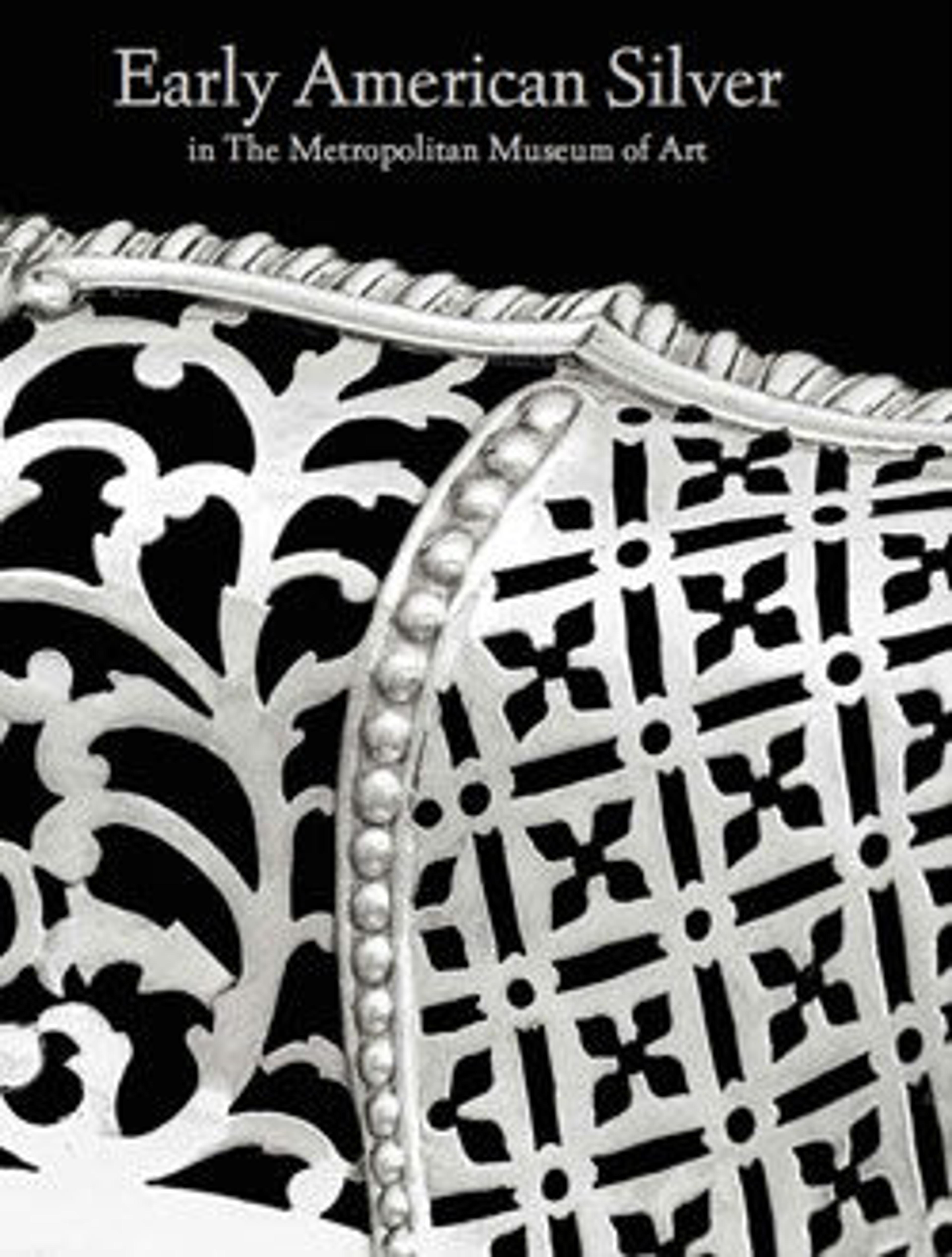Sugar Bowl and Cover
As sugar became more readily available in the eighteenth century, sugar bowls, usually with covers, became an essential part of tea equipage. Horizontal bands of naturalistic flowers and foliage chased in high relief transform this classic doublebellied sugar bowl into a fully developed expression of the rococo style. Rather than encasing the entire body and cover in an overall decorative scheme, however, the designer created compact bands of exuberant ornament that offset the smooth plain surfaces of the curvilinear forms. Relatively rare in American silver, cast finials in the form of birds, as seen here, date mainly from the mideighteenth century and possibly derive from English prototypes.
When first acquired by the Metropolitan Museum in 1939 this sugar bowl was attributed to the New York silversmith Jacob Boelen II (1733–1786). More recent research, however, has determined that the mark IB in a rounded rectangle is that of the Philadelphia silversmith John Bayly
When first acquired by the Metropolitan Museum in 1939 this sugar bowl was attributed to the New York silversmith Jacob Boelen II (1733–1786). More recent research, however, has determined that the mark IB in a rounded rectangle is that of the Philadelphia silversmith John Bayly
Artwork Details
- Title: Sugar Bowl and Cover
- Artist: John Bayly (American, ca. 1720–1789)
- Date: ca. 1765
- Geography: Made in Philadelphia, Pennsylvania, United States
- Culture: American
- Medium: Silver
- Dimensions: Overall: 5 1/4 x 5 3/4 in. (13.3 x 14.6 cm); 12 oz. 3 dwt. (377.9 g)
Foot: Diam. 2 5/8 in. (6.7 cm)
Body: H. 3 1/2 in. (8.9 cm); 9 oz. (279.9 g)
Cover: 1 7/8 x 4 in. (4.8 x 10.2 cm); 3 oz. 3 dwt. (98 g) - Credit Line: Rogers Fund, 1939
- Object Number: 39.23a, b
- Curatorial Department: The American Wing
More Artwork
Research Resources
The Met provides unparalleled resources for research and welcomes an international community of students and scholars. The Met's Open Access API is where creators and researchers can connect to the The Met collection. Open Access data and public domain images are available for unrestricted commercial and noncommercial use without permission or fee.
To request images under copyright and other restrictions, please use this Image Request form.
Feedback
We continue to research and examine historical and cultural context for objects in The Met collection. If you have comments or questions about this object record, please contact us using the form below. The Museum looks forward to receiving your comments.
